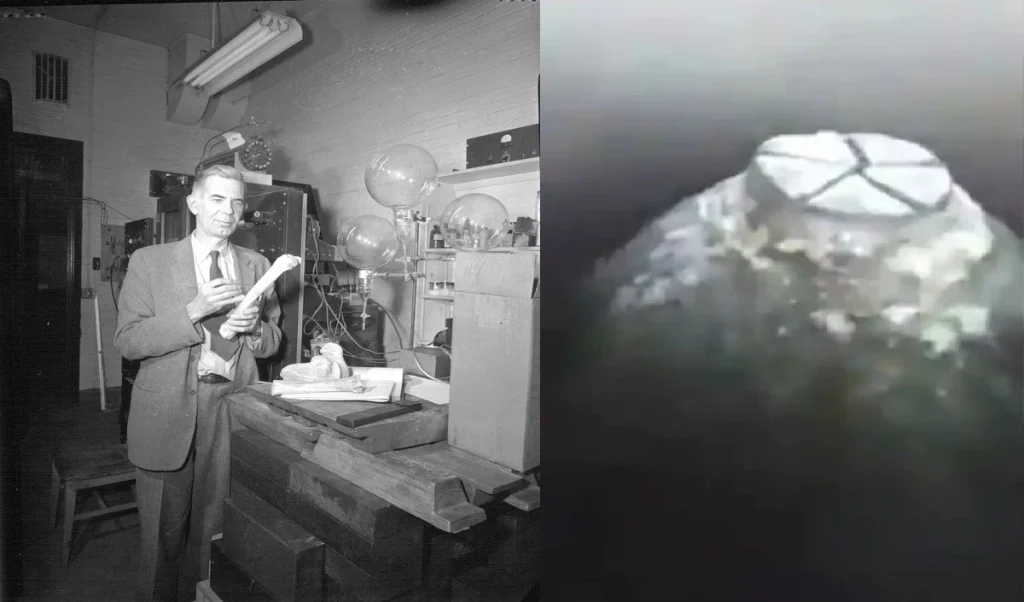On Thursday (September 22), a district court in Varanasi granted a petition for carbon dating of the building within the Gyanvapi mosque, which the Hindu side claims is a ‘Shivling.’ The court has sent letters to other parties asking whether they have any objections to carbon dating.

Carbon dating is a popular method for determining the age of organic material, or things that were once alive. Carbon exists in numerous forms in living things. The dating method makes advantage of the fact that a specific isotope of carbon known as C-14, with an atomic mass of 14, is radioactive and decays at a well-known rate.
Carbon-12, or a carbon atom with an atomic mass of 12, is the most prevalent isotope of carbon in the atmosphere. Carbon-14 is also found in trace amounts. The carbon-12/carbon-14 ratio in the atmosphere is relatively constant and well understood.
Plants obtain carbon through photosynthesis, whereas mammals obtain it mostly from food. Plants and animals acquire carbon-12 and carbon-14 isotopes in nearly the same proportion as the atmosphere since they derive their carbon from the environment.
When they die, however, their interactions with the environment cease. There is no more carbon input (and no outgo either, because metabolism stops). Carbon-12 is no longer stable and does not decay, but carbon-14 is radioactive. Carbon-14 decays to half its original amount in around 5,730 years. This is known as its ‘half-life.’
As a result, once a plant or animal dies, the carbon-12 to carbon-14 ratio in the body or its remnants begins to shift.
Carbon dating, despite its effectiveness, cannot be used in all situations. It cannot, for example, be used to establish the age of non-living items such as rocks. Furthermore, carbon dating cannot determine the age of objects older than 40,000-50,000 years. This is due to the fact that after eight to ten cycles of half-lives, the quantity of carbon-14 becomes almost minuscule and undetectable.
Though there are several ways for determining the age of an object, not everything can be dated. The accuracy of the various procedures differs as well.
Though the petitioners in the Gyanvapi case have requested carbon dating, it is unclear if carbon dating can be used in this instance or if alternative procedures would be more appropriate. Some procedures, such as searching for trapped biological material beneath it, may be impractical for practical reasons since they would require uprooting the structure or causing other undesirable interruptions. What has been done to date, the structure can only be finished after a thorough analysis.

